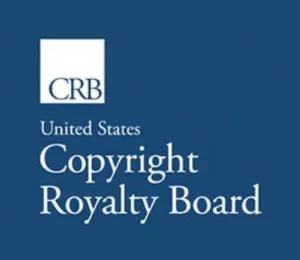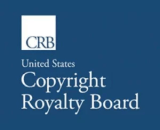
What comes next is two years of exhibits and legal argument from both sides — labels which own the music, and webcasters who play the music. The process leads up to a new royalty-rate period starting January 1, 2006, and lasting until December 31, 2030. That cycle repeats every five years, with the current cycle being the sixth — hence the CRB’s shorthand name Web VI.
Setting royalty rates is the simple way to say it, but the process actually involves two licenses: playing a record, and making a copy of the record in order to play it. That copy is called an ephemeral copy. Whether the ephemeral copies have independent value is one topic that will undergo scrutiny in this cycle.
Participants in the CRB rate-setting exercise come from both sides of the market: Suppliers (mainly record labels) and webcasters (who must pay the royalties). The result is essentially a court process with witnesses, oral arguments, and position papers. The final decision comes from the CRB in late 2025. The recent CRB announcement is, in part, a call for participants.
On the back end of this legal process, SoundExchange is the government-sanctioned agency which collects royalties and distributes them to music owners and their agencies.
As in the past, RAIN News will cover key points over the next two years. See coverage of the previous (and existing) royalty structure HERE. See all past coverage of the Copyright Royalty Board HERE.

